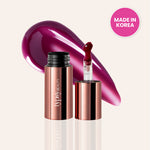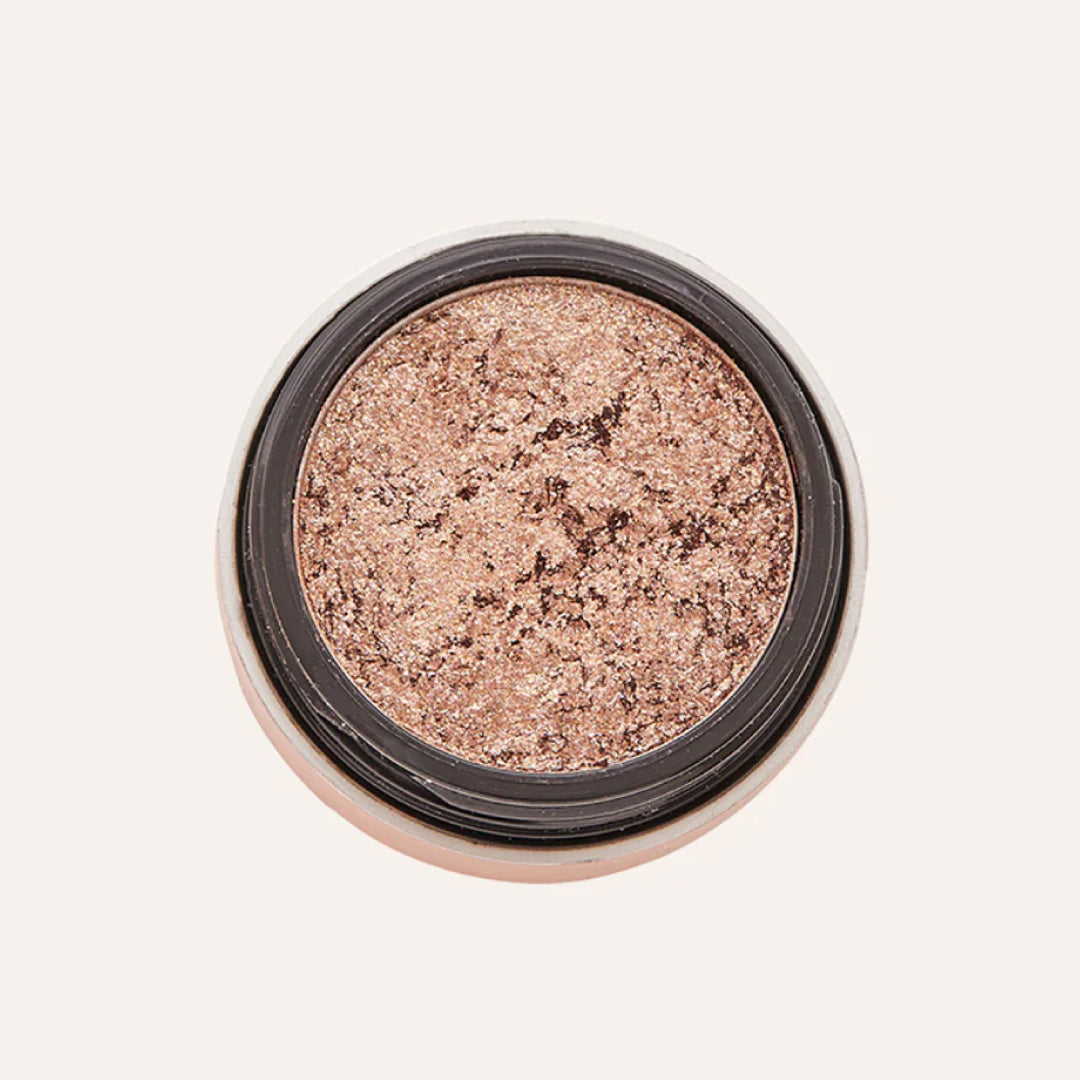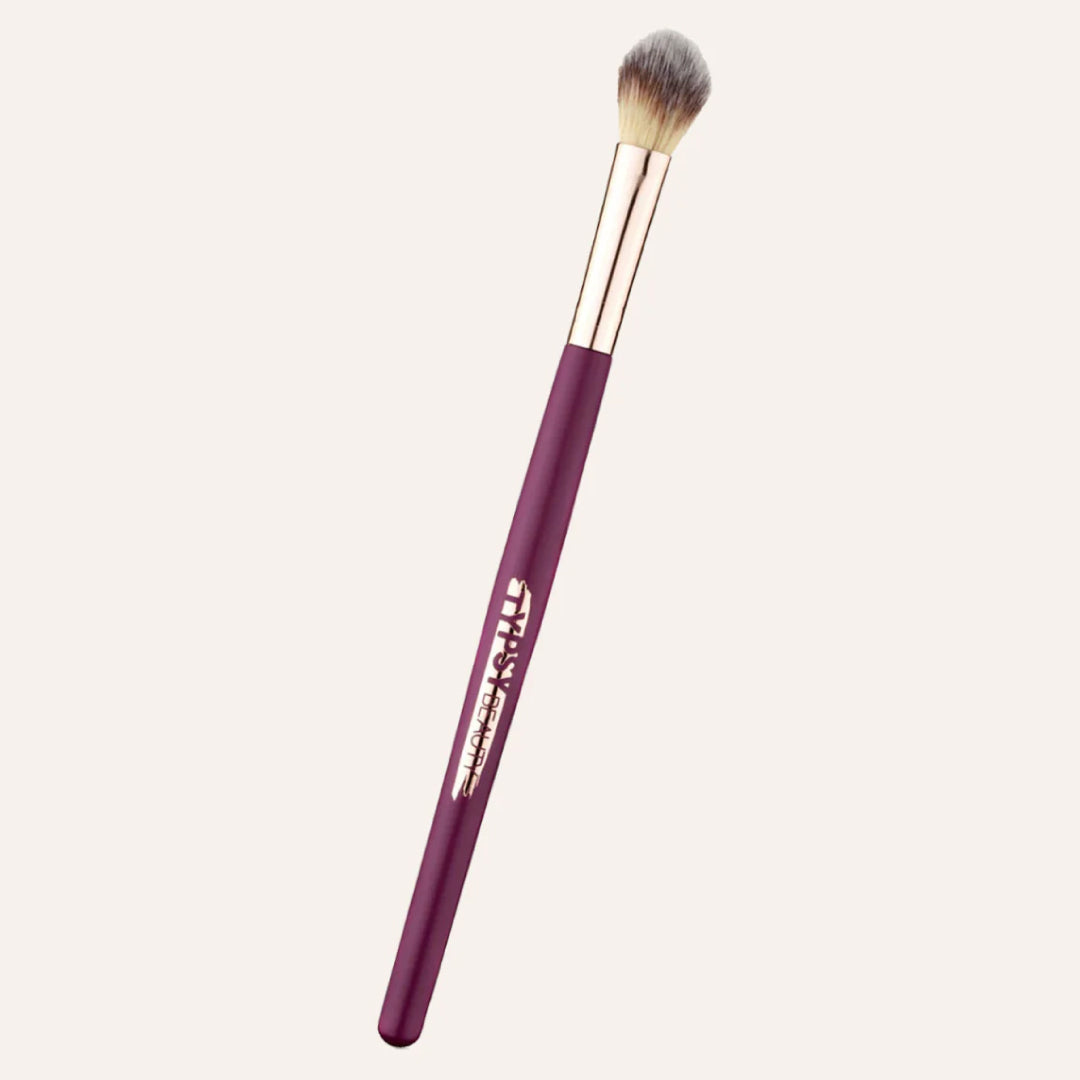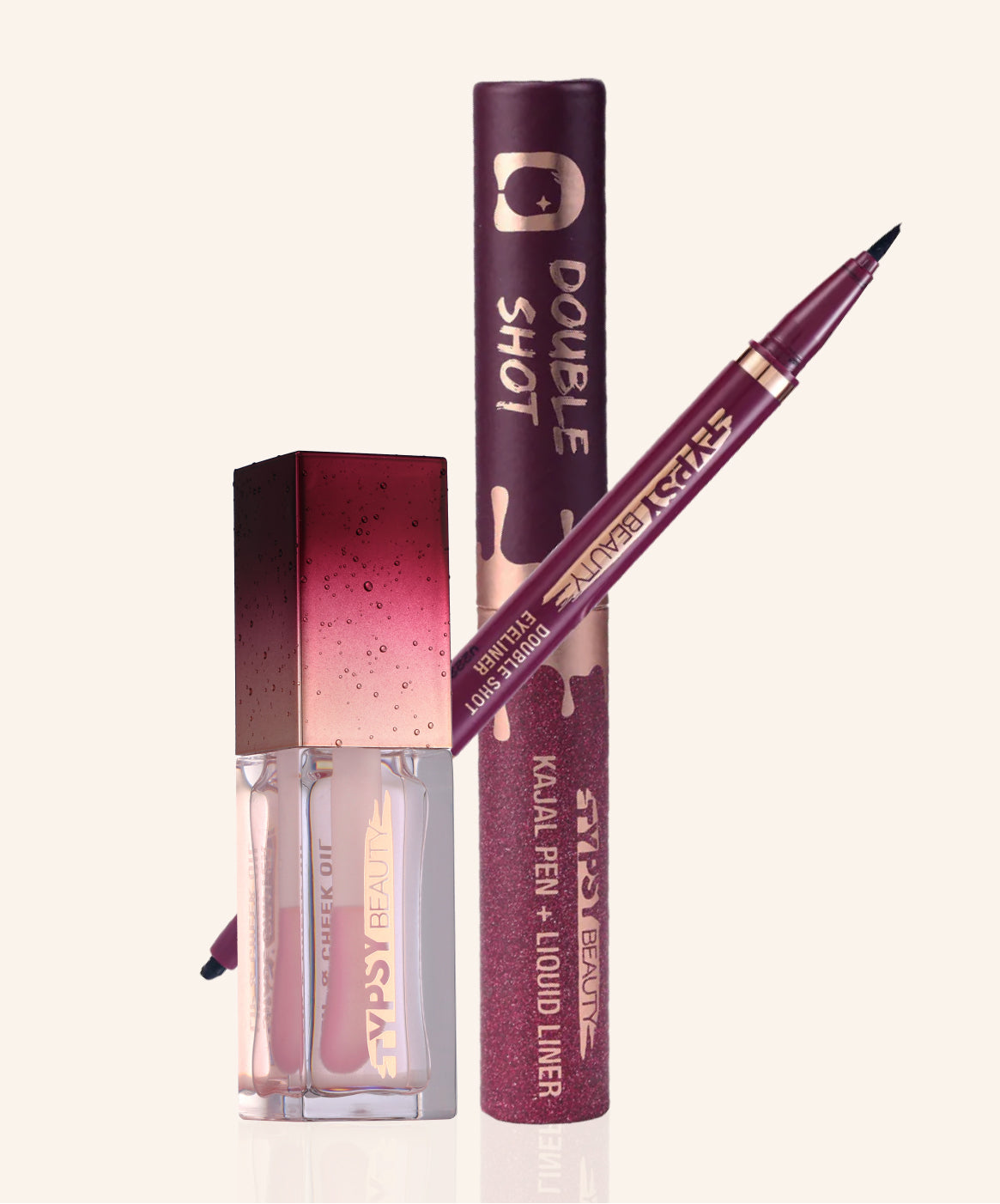- Buy More, Save More
- Flat 450 Off above 1799 | Flat 250 Off above 1399
- Buy More, Save More
- Flat 450 Off above 1799 | Flat 250 Off above 1399
- Buy More, Save More
- Flat 450 Off above 1799 | Flat 250 Off above 1399
- Buy More, Save More
- Flat 450 Off above 1799 | Flat 250 Off above 1399
- Buy More, Save More
- Flat 450 Off above 1799 | Flat 250 Off above 1399
- Buy More, Save More
- Flat 450 Off above 1799 | Flat 250 Off above 1399
Top Face Makeup Must-Haves for Every Skin Tone
Maya Deiss
Introduction
Have you ever stood in front of a mirror, frustrated that your new foundation looks nothing like it did in the store? Or wondered why that blush that looked so vibrant on your friend completely disappears on your skin? The journey to finding the right face makeup for your unique complexion can feel like an endless treasure hunt with no map.
Here's the truth: beauty isn't one-size-fits-all. With the wonderful diversity of skin tones across India and beyond, finding products that truly celebrate your individual beauty requires understanding both your skin and the products designed for it. Today's beauty brands are finally embracing truly inclusive ranges, making it the perfect time to discover face makeup that actually works for you—not against you.
In our guide, we'll navigate the sometimes confusing world of foundations, concealers, and blushes to help you build a versatile collection that enhances your natural beauty rather than masking it.
Understanding Your Unique Skin Tone: Beyond Basic Categories
The first step in finding perfect face makeup is understanding what makes your skin tone unique. Forget outdated classifications that group complexions into just a few basic categories. Your skin tone has depth, character, and nuance.
What truly determines your skin tone?
Your complexion consists of three key elements:
- Surface tone: The color you immediately see (fair, medium, tan, deep, etc.)
- Undertone: The subtle hue beneath the surface (warm, cool, neutral, olive)
- Skin depth: The intensity or saturation of your coloring
Simple undertone tests you can do right now:
- Vein check: Look at the veins on your wrist in natural light. Blue/purple veins typically indicate cool undertones; green veins suggest warm undertones; a mix points to neutral undertones.
- Jewelry test: Which complements your skin better—gold or silver? Gold typically flatters warm undertones, while silver enhances cool undertones.
- White paper test: Hold white paper beside your clean face in natural light. Does your skin appear yellowish/golden (warm), pinkish/bluish (cool), or a balanced mix (neutral)?
- Sun reaction: Do you tan easily (warm) or burn quickly (cool)? Those who do both likely have neutral undertones.
Why undertones matter
Understanding your undertone is crucial because it remains constant even when your surface skin tone changes with seasons or tanning. It's the key to selecting face makeup that looks natural rather than obvious.
Finding Your Perfect Foundation Match Across the Spectrum
A well-matched foundation creates the ideal canvas for the rest of your makeup. According to recent industry research, finding the right shade remains the top beauty challenge for 67% of makeup wearers, particularly those with deeper complexions.
What makes a truly great foundation?
- Shade range: Look for brands offering 40+ shades with variations in both depth and undertone
- Adaptability: Modern formulations that adjust slightly to your skin's natural chemistry
- Finish options: Matte, dewy, or natural finishes to complement different skin types
- Buildable coverage: Products that can be sheered out or built up as needed
Common foundation pitfalls by skin tone:
|
Skin Tone |
Common Problem |
Better Approach |
|
Fair |
Looking too pink or mask-like |
Seek neutral-to-warm undertones; avoid heavy formulas |
|
Medium |
Turning orange or ashy |
Focus on getting undertones right; test in natural light |
|
Deep |
Appearing gray or unnatural |
Look for rich, pigmented formulas with red or golden undertones |
Pro Tip: The perfect foundation should be tested in natural daylight and given at least 10 minutes to settle into your skin before making a final decision. The best match will blend seamlessly at your jawline with no obvious demarcation.
The foundation overload challenge
With so many options available, it's easy to feel overwhelmed. Start with these questions:
- What coverage level do you need? (Sheer, medium, or full)
- What skin concerns are you addressing? (Dryness, oiliness, texture)
- What finish do you prefer? (Matte, natural, dewy)
Having these answers will immediately narrow your options, making selection less overwhelming.
Perfect Concealer Strategies for Every Skin Concern
While foundation creates a uniform canvas, concealer is your precision tool for targeted coverage and correction. Beauty industry data shows that most consumers actually need multiple concealers to address various concerns—one formula rarely does it all, despite marketing claims to the contrary.
Concealer shade selection by purpose:
|
Purpose |
Shade Selection |
Best Formulation |
|
Undereye brightening |
1–2 shades lighter than foundation |
Hydrating, light-reflecting |
|
Blemish coverage |
Exact match to foundation |
Dense, matte, long-wearing |
|
Neutralizing discoloration |
Color correctors (peach, orange, green) |
Sheer, buildable |
Application techniques that make all the difference:
- For undereye circles: Apply concealer in a triangle shape beneath the eye to lift and brighten the entire mid-face region
- For blemishes: Use a tiny precision brush and build coverage gradually in thin layers
- For texture concerns: Tap and press rather than drag or swipe to avoid emphasizing texture
Pro tip for deeper skin tones: When addressing hyperpigmentation, color theory is your friend. Orange or red-toned correctors can neutralize dark spots before your regular concealer is applied, creating a more natural finish than piling on traditional concealer alone.
Blush Theory for Your Complexion
Blush is perhaps the most transformative yet underrated face makeup product. It brings dimension, youthfulness, and vitality to every complexion. According to recent beauty trends data, blush purchases have increased by 38% since 2024, with cream and liquid formulations leading the surge.
Finding your perfect blush shade
The old rules about which blush colors work for specific skin tones are increasingly outdated. While certain shades may be more immediately flattering, experimentation often yields surprising results:
- Fair to light skin: While soft pinks and peaches are traditional choices, don't be afraid to try muted berries applied with a light hand
- Medium to tan skin: Warm peaches and terracottas are classics, but vibrant corals and rose tones can create stunning effects
- Deep to rich skin: Bold berries and vibrant tangerines are stunning, but don't overlook bright fuchsias and rich plums
Blush Formulations by Texture
|
Blush Type |
Texture/Effect |
Best For |
|
Powder Blush |
Offers precision and long-lasting wear |
Oily skin types |
|
Cream Blush |
Natural, dewy finish |
Normal to dry skin |
|
Liquid/Gel Blush |
Most natural "from-within" glow |
Beginners; all skin types |
|
Multidimensional Blush |
Slight shimmer or multiple tones for built-in dimension |
Those seeking a sculpted, radiant look |
Application techniques for different face shapes
|
Face Shape |
Application Technique |
|
Round |
Apply blush slightly below the cheekbone and blend upward to create definition |
|
Square |
Focus on the apples of the cheeks and blend outward softly to soften facial angles |
|
Heart-shaped |
Apply to the outer portions of the cheekbones to balance the width of the upper face |
|
Oval |
Sweep from the apples of the cheeks toward the temples for a natural, lifted appearance |
Innovative blush formulations: Look for pH-reactive blushes that adjust to your skin chemistry, creating a customized shade that looks like a natural flush from within. These smart formulations take the guesswork out of shade selection.
Building Your Complete Face Makeup Collection: Essential Products
Now that we understand the principles behind selecting face makeup, let's build your perfect collection—one that's versatile without being overwhelming.
The Essential Face Makeup Collection:
- Foundation: Two options—one lighter coverage for everyday and one medium-to-full coverage for special occasions
- Concealer: A brightening formula for under-eyes and a matching concealer for spot coverage
- Color corrector: Based on your specific concerns (peach/orange for dark circles, green for redness)
- Blush: Both powder and cream formulations in complementary shades
- Setting products: A translucent powder and a setting spray for longevity
Conclusion
Finding your perfect face makeup collection is a journey of self-discovery. As beauty brands continue to expand their offerings and embrace true inclusivity, there's never been a better time to experiment and find products that celebrate your unique beauty. Remember that makeup should enhance what makes you distinctively you—not mask it. Whether you prefer a natural everyday look or love to express yourself with bold color, the right face makeup products serve as tools for self-expression and confidence. The brands leading the industry today understand that beauty comes in countless variations. Look for companies that not only talk about inclusivity but demonstrate it through comprehensive shade ranges, diverse models, and formulations that work across the spectrum of skin tones.
FAQs
Q1: What are the essentials for a flawless face makeup routine?
A well-matched foundation, concealer for targeted coverage, blush for dimension, and setting products (powder or spray). Quality application tools like a beauty sponge or foundation brush are also crucial for seamless results.
Q2: Which face products suit all skin types?
Silicone-free primers, mineral-based foundations, cream-to-powder blushes, and alcohol-free setting sprays tend to work across most skin types. Look for "non-comedogenic" and "hypoallergenic" labels for the most universal compatibility.
Q3: How do I know if my foundation is the wrong shade?
Signs include a visible line at your jawline, your face looking disconnected from your neck, or the foundation oxidizing (turning orange or ashy) after a few hours. The right shade should blend seamlessly into your skin.
Q4: How do I prevent my blush from disappearing throughout the day?
Layer cream blush underneath a similar-toned powder blush. Use a primer before application and consider setting with a fine mist of setting spray to lock color in place.
Q5: Is it necessary to change my foundation shade with the seasons?
Yes, most people's skin tone shifts slightly between seasons. Having a summer shade (typically 1-2 shades darker) and winter shade helps ensure a natural match year-round.


















